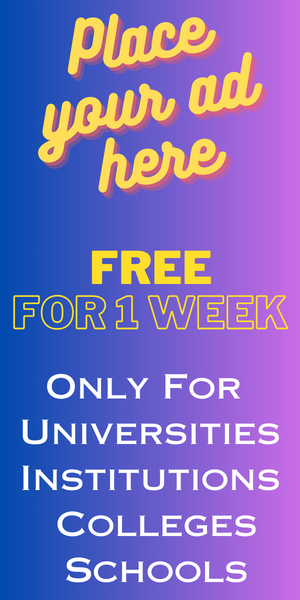
User Experience is an outcome of certain processes that produce a product, which follows the user experience. Thinking about user experience at the MVP development stage can be hard because business, user and technical requirements may still be in flux yet. In this situation, the conventional design processes present stumbling blocks that designers need to negotiate their way around in order to succeed.
Table of Contents
There are a few practical tips that designers can follow for designing UX of MVPs:
- Use Design Sprints for discovery and definition
- Use Rapid Prototyping to create several lo-fi prototypes
- Leverage Design Systems and Patterns
Use Design Sprints for Discovery and Definition, not Designs
Design Sprints are a popular methodology that lends itself easily to MVP design. Adopted from Design Thinking, Lean, and Agile, the Sprint emphasizes quick upfront research, rapid prototyping and testing done in iterative cycles.
However, by itself, a design sprint is an overly simplistic approach and works only for simple products. In reality, the product we create, even when they are MVPs, can get quite complex. But forgoing design sprints is not recommended. Instead, design sprints should be used as a collaborative design tool.

Done collaboratively with multiple stakeholders (end-users, business, engineering, and marketing), design sprints can be ideal for discovering project scope, identifying pain points, and possible solutions. Design sprints should also be used to define the scope of Minimum Viable Product and the User Experience requirements.
Design sprints can be used as a springboard for further design explorations. But don’t expect design sprints to yield final designs.
Create Several Small Prototypes Instead of a Big One
At the beginning of any project, the business requirements are usually in flux. So the user needs are not completely discovered. At this stage Rapid Prototyping should be used. It can help prototype the critical product features and journeys. Create multiple small prototypes as opposed to creating bigger prototypes, at this stage, as bigger ones can lead to difficulties in managing the prototype when requirements change and new requirements become known.
Divide your product by multiple user scenarios, features, or journeys and start prototyping the important scenarios independently using rapid prototype techniques. A number of smaller prototypes will be easier to validate, iterate, and manage. As the features get validated, merge them into one of your higher fidelity prototypes.
Leverage Design Patterns and Systems
Designers working in Agile teams do not have enough time to reinvent the wheel. However, if your project lends itself to it, it will be worthwhile if you could develop a Design System specific to your project.
If you are developing an application for an enterprise platform, then you can look to leverage existing design systems like Salesforce Lightning Design. But if your application requires a distinct brand identity then there is a need to create your own Design System.
In an MVP design scenario, the process of creating a Design System needs to start early. However, it can run in parallel with other design activities like research, prototyping, and testing. Bring the Design System into the picture once the prototypes reach the high-fidelity stage. Then apply it to the next iteration of the design.
Conclusion:
As a UX designer, it is likely you’re part of a team developing an MVP using Agile methodology. This is a very common situation UX designers find themselves in these days. Fighting against shifting timelines and changing requirements, designers need to equip themselves with tools like Design Sprints, Rapid Prototypes, and Design Systems as these will help to streamline things in the design process.
Author Bio:

James Wilson is a seasoned Content Writer at Net Solutions, New York – UI UX Design Company for ten years with expertise in blogging, writing creative and technical copy for direct response markets as well as B2B and B2C industries. Born and brought up in New York, James holds a bachelor’s degree in English Literature. He has worked for industries like IT, software product design and development, Lifestyle, among others, and written some great insights on technologies like user experience design, mobile app development, eCommerce, and so on. Besides his technical background, In his free time, he is not very disconnected from the digital – he loves to binge-watch Netflix.


